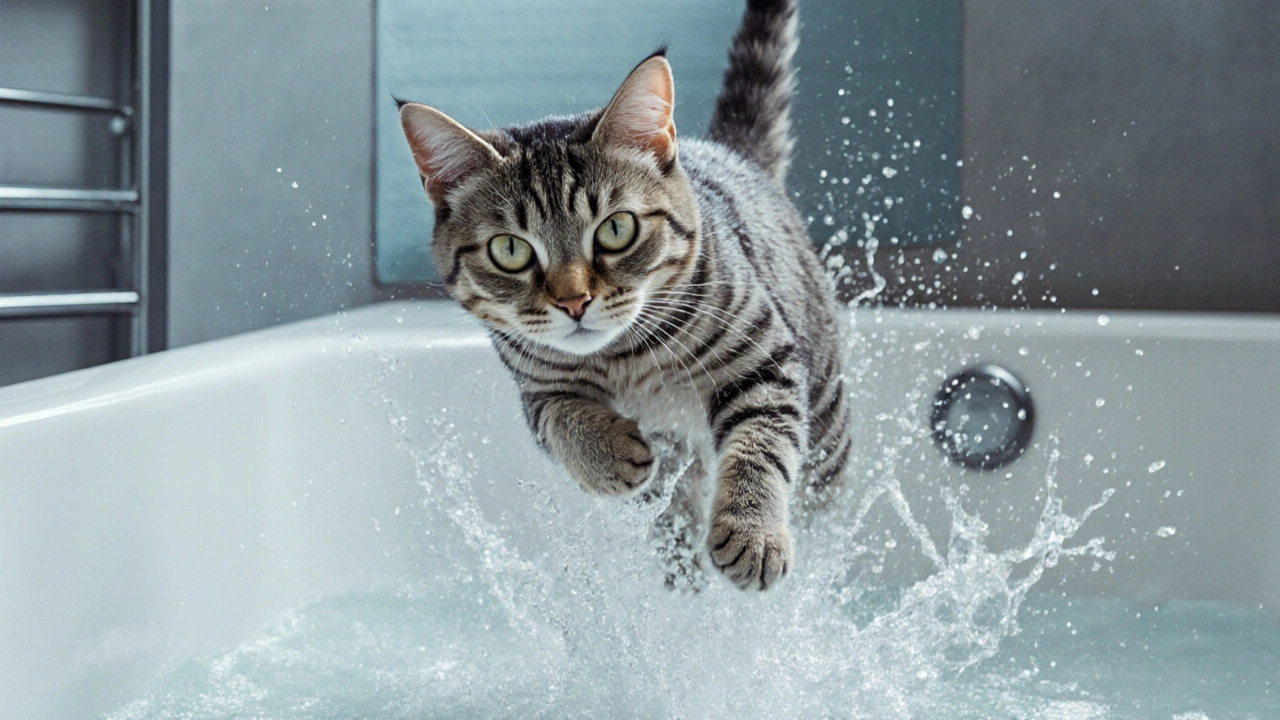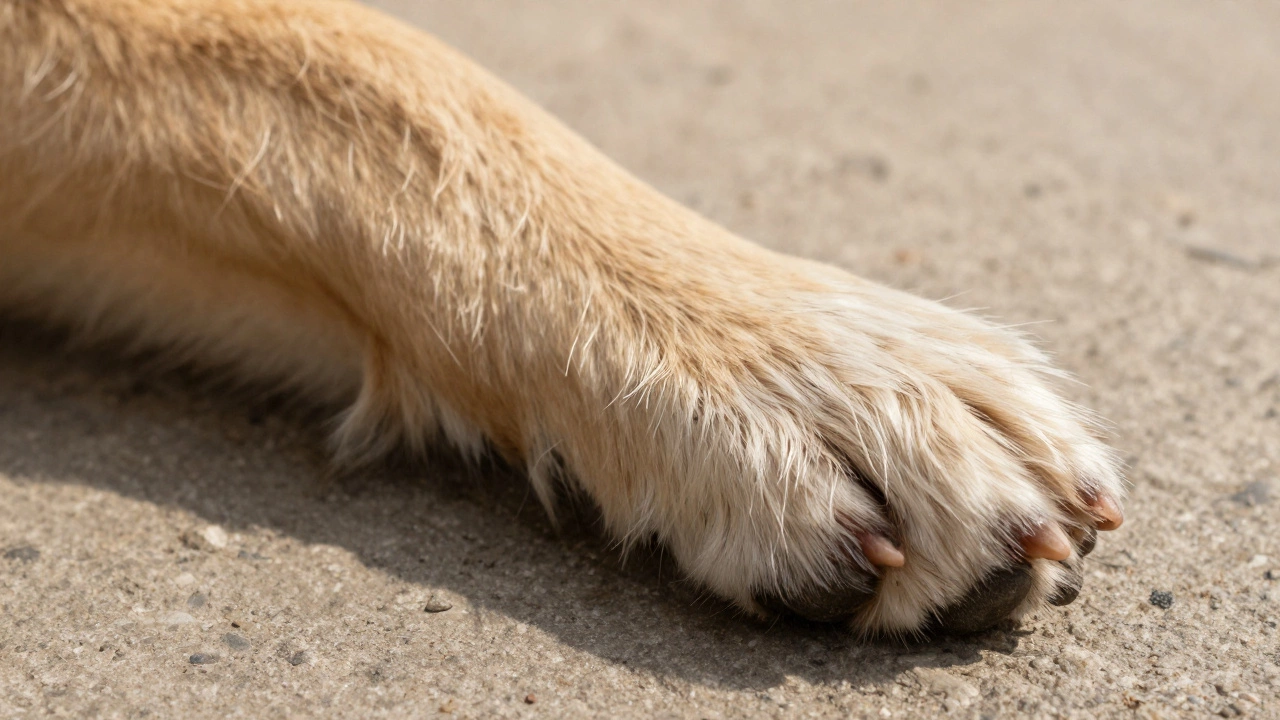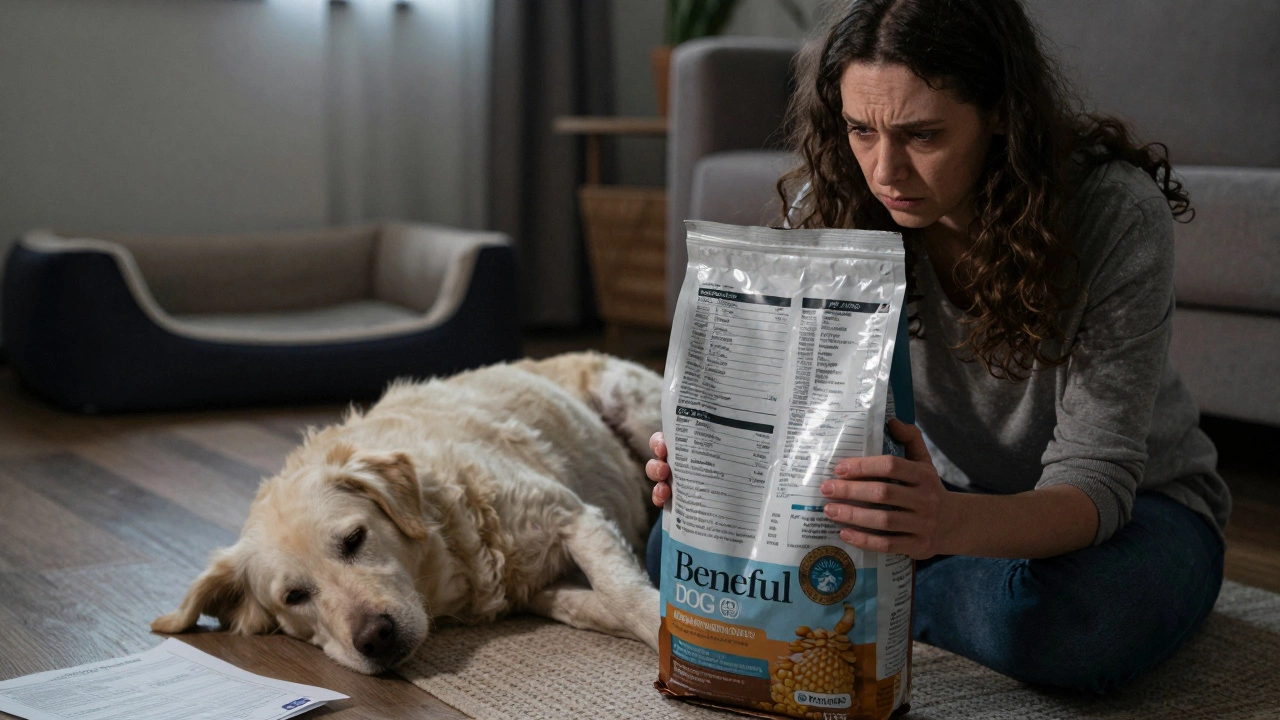Cat Bathing: A Practical Guide for Calm, Clean Cats
When it comes to Cat Bathing, the practice of safely washing a cat to keep its coat and skin healthy. Also known as cat wash, it combines hygiene, comfort, and a bit of patience.
Cat Grooming is the broader routine that includes brushing, nail trimming, and ear cleaning. Cat bathing fits into grooming as the step that removes dirt and oil that brushing alone can’t handle. It also ties directly to Feline Skin Care, because a clean coat helps prevent irritation, hot spots, and hairballs. A third key piece is Pet Bath Supplies – the right shampoo, towel, and non‑slip mat make the whole process smoother.
Let’s break down the main ideas. First, a cat’s skin is sensitive, so you need a gentle, pH‑balanced shampoo. Second, the water temperature should be lukewarm – too hot or cold can raise stress levels. Third, the environment matters: a quiet bathroom, a non‑slip surface, and a calm voice all help lower anxiety. In fact, Animal Anxiety Management influences how successful a bath will be; a relaxed cat is less likely to scratch or flee.
Step‑by‑Step: From Prep to Finish
Start by gathering everything you need: cat‑safe shampoo, a cup for rinsing, a towel, and a rubber mat. Brush your cat first to remove loose fur – this reduces tangles when the water hits. Fill the tub or sink with a few inches of warm water, then place the mat to prevent slipping. Speak in a soothing tone while you gently lower the cat in. Use the cup to pour water over the back, avoiding the head. Apply shampoo, massage lightly, and rinse thoroughly; any leftover soap can irritate skin.
After the rinse, wrap your cat in a towel and pat dry. Some cats tolerate a low‑heat hair dryer, but most prefer air drying in a warm room. Offer a favorite treat and spend a few minutes petting to reinforce a positive association. If your cat shows signs of stress – ears back, tail flicking – pause and give a break before continuing. Over time, consistent, calm baths can make the experience neutral or even enjoyable.
Why bother with baths at all? While many cats self‑clean, certain situations call for a wash: exposure to mud, summer heat, flea treatments, or skin conditions diagnosed by a vet. A clean coat also helps you spot ticks, wounds, or parasites early. Regular bathing, combined with brushing, reduces shedding and keeps furniture fresher – a win for both pet and owner.
Remember, every cat is different. Some love water, others dread it. The key is to respect their comfort level and never force a wash. If you’re unsure, start with a “sponge bath” using a damp cloth on the paws and belly, then gradually work up to a full bath. Consulting your vet about suitable products can also prevent allergic reactions.
Now that you understand the why and how of cat bathing, you’ll feel more confident tackling the next wash. Below you’ll find a collection of articles that dive deeper into related topics – from choosing the best shampoo to handling a nervous kitty during grooming. Happy washing!
Why You Should Skip Cat Bathing: The Risks and Smarter Alternatives
Learn why regular cat baths can harm your pet and discover low‑stress grooming alternatives that keep fur fresh without the stress.






